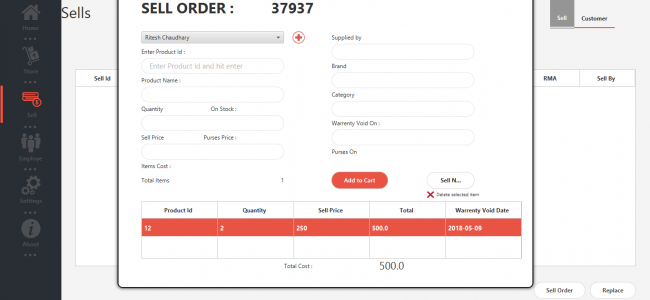
Kittingīundling the parts and items that make up a single finished item. Refers to the list of sub-items that make up a single inventory item.

This method is used when it’s too time-consuming to track actual costs in real time.

The variance between the two numbers is recorded in the accounting records. Standard costingĮstimate of the expected cost for an item in the accounting records, which is periodically checked against the actual cost. This metric yields the weighted average cost per unit. The cost of available goods for sale divided by the number of units for sale. Balanced turnover rate indicates high efficiency, lower costs, and higher customer satisfaction.High turnover rate can mean excess shipping costs to quickly replace things that are out of stock, incomplete orders, and wasted time trying to locate missing items.Low turnover rate indicates duplicate orders and deteriorating inventory value.The cost of goods sold divided by average inventory on hand. Your inventory management system should support multiple inventory valuation methods and functions such as: Inventory turnover rate When inventory and accounting are integrated well, you get real-time metrics into your goods at every step of the process. Inventory is considered a business asset, so inventory management ties in closely with accounting. The close relationship between inventory and accounting


 0 kommentar(er)
0 kommentar(er)
